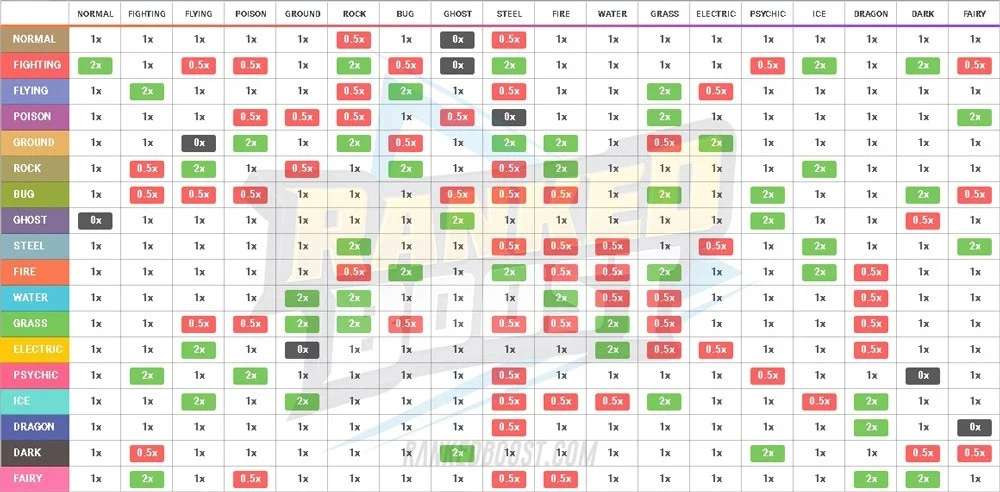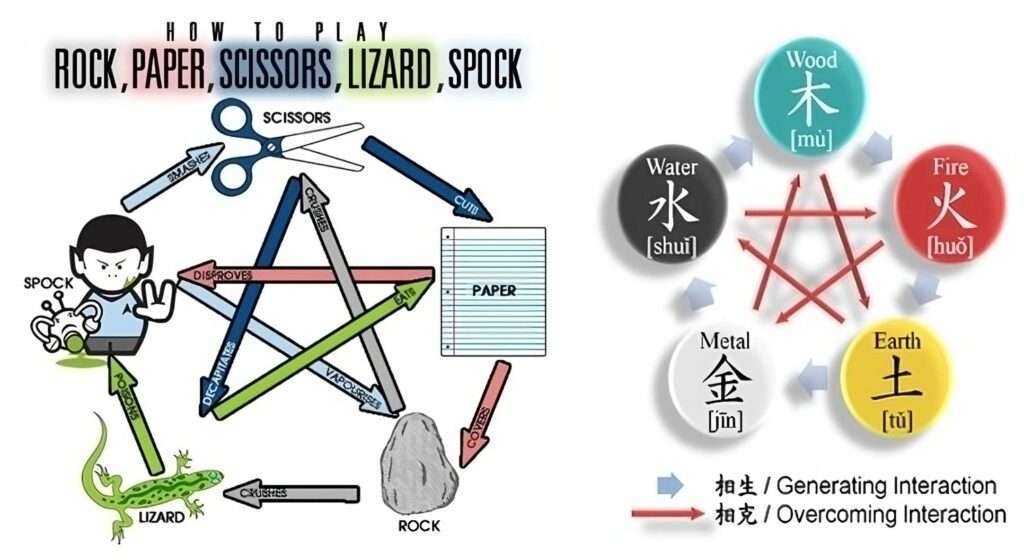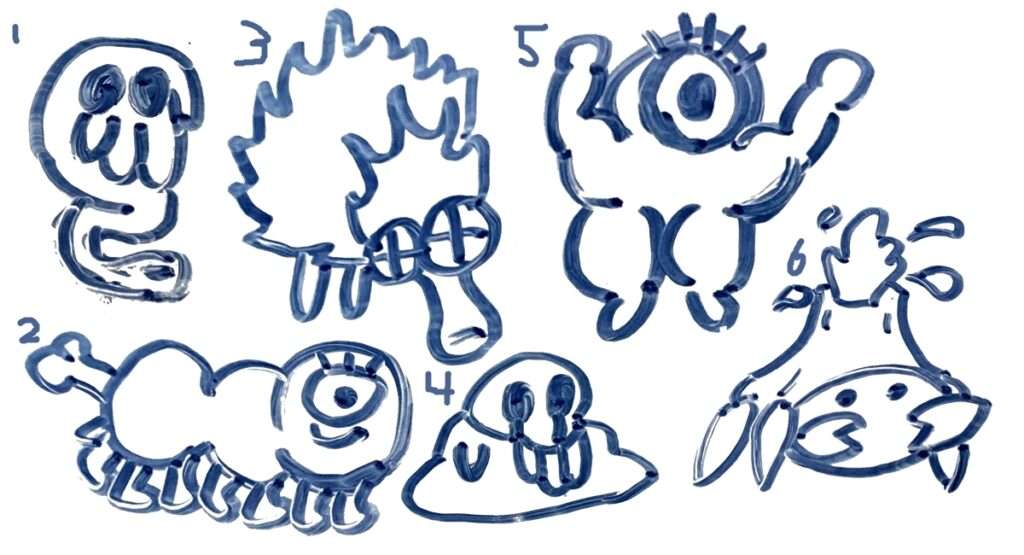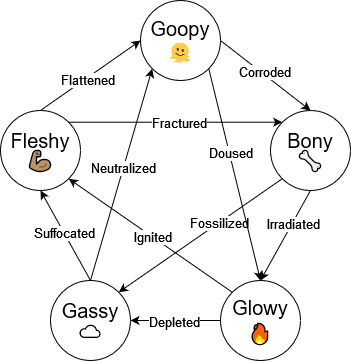Hey friendos! We’re starting to sink into winter gradually so retrieve your scarves and beanies from the closet. Perhaps I’m a bit late for Halloween, but last week I had some monsters on my mind. Pocket monsters to be exact!
How am I doing?
All things considered, I’m pretty solid. The seasonal blues definitely grabbed me by the lapels. It comes ’round every year like clockwork as the sun goes down earlier and earlier. I’m used to it and know how to tango with it, though. It helps that I have a cozy nest and no work stress, but there are still days that I don’t want to leave the comfortable triple blankets of my bed.
I really should look into moving to a year-long sunny country at some point.
What am I doing?
That said, I’m merrily chugging away at my blog posts, which I plan to start launching in January. I’ve been slacking on filming though. The prospect of doing a bunch of takes and editing feels daunting, so I’ve been pushing it off. What have I been doing instead, you ask?
And the Pokémon Go, And the Pokémon Go
In off-hours, I’ve been playing a lot of sketchful.io with some friends online. It’s one of those games where you get a word to draw and others have to guess what the word was. At some point, we did that with a Pokémon theme and it naturally led to a discussion about Pokémon designs.
I’ve played 1st generation and know a bit of 2nd generation only by cultural osmosis and found newer designs a bit uninspired. It makes sense, of course, you can only make so many element-inspired animals before you end up with a literal floating set of keys. I’m not kidding, look up Klefki.
I’ve bounced off of later Pokémon games partially because the gameplay doesn’t click with me anymore. One gripe I have with it is the type weakness/super effective system. It’s iconic, sure, but look at this mess:

There’s no real reason or rhyme to it. There’s no beautiful balance. There’s no real-world logic to it anymore. It’s just a big chart you have to memorize or something that in-game menus put a band-aid on. I’m not trying to rag on it, by the way, the Pokémon games are still immensely popular and I have a lot of friends who still love it, even after two decades.
But if I look at that chart, my design brain starts… itching.
Enter, the Weakness Pentagram
Let’s talk about Rock, Paper, Scissors. A perfectly balanced game. A beautiful triangle of hard counters. One could say, it’s so perfect it’s boring. Perhaps… Mechanically, it’s simple. The elegance stems from the strategy that can be built on its simplicity. Hardcore Rock, Paper, Scissors players will tell you about the psychological mind games they play when going up against each other. It’s not part of the rules but definitely part of the game.
Now, let’s take a look at Rock, Paper, Scissors, Lizard, Spock. Initially, it’s a game designed to reduce the chance of getting a tie. It adds 2 elements, namely Lizard and Spock, and each element now has 2 elements it can defeat and 2 things that beat it.

Coincidentally, the same elements and relations exist in Wuxing practices, a traditional Chinese philosophy observing a recurring cycle of sorts. It’s a very elegant symmetrical shape that I’ve found myself reinventing accidentally on many occasions. So many times in fact, that I’ve decided to officially add it to my toolbelt and give it the name: Weakness Pentagram. Would make a killer metal album, no?
I’ve incorporated the Weakness Pentagram in many types of games, but it’s particularly effective in tactics games where strategy and balance play an important factor. But why 5 elements? Why not 7? Why not just the original 3? Well, 5 elements with 2 interactions each leaves you with 10 interactions to keep in your mind. According to one of the most cited papers in psychology, ‘The Magical Number Seven, Plus or Minus Two’, the maximum amount of consecutive stimuli a person can process effectively is 7, give or take a few. The same is stated for items one can keep in short-term memory.
Personally, I’ve found this to be applicable to strategy games as well. This means that most players can easily memorize all the 5 elements, but might make a mistake or two when it comes to the 10 interactions. I equate that to “easy to learn, but hard to master”, which is often regarded as a golden rule for good game design. Nifty right?
Pokémon, but Busukawa
Naturally, after our Pokémon discussion, I got thinking about how to incorporate a Weakness Pentagram into something like a collectible creature game. At first, I tried using the Wuxing elements shown above but quickly felt I was walking the beaten path too much. As an off-hand comment, one of my friends mentioned Spongy as an element, which made me think of the Japanese term ブスカワ (Busukawa).
Busukawa, alternatively called Kimokawaii, is when something is kind of ugly or offputting but still cute. Or cute because of it? Pugs come to mind. No offense to any Pugs reading this newsletter. The thought of a bunch of ugly but cute Pokémon with the serial numbers filed off made me chuckle, so I got to work.

I don’t draw frequently and often don’t find it necessary to test out prototypes. That being said, if you prototype budget Pokémon, you gotta draw some budget Pokémon. I think Legs is my favorite! Let me know yours by joining the Discord or mailing me at contact@newtonarrative.com.
Another reason I dislike the Pokémon type chart is that it just affects the amount of damage you deal. It’s very cut and dry and basically makes for a single dominant strategy: pick the right type. Elemental interaction like this should be thought of as both playful and strategic. The Divinity games lean into this pretty heavily. The battles can become chaotic but also make you feel smart.
I came up with some status effects that get inflicted on a creature that’s weak to yours. I ended up with this:

The status effects don’t make a lot of sense, but it is a glorious Weakness Pentagram. The elements are goofy and evocative. Also, I tested it out and it was already a lot of fun. I would explain what everything is, but this newsletter is getting way too chunky. I should probably make a blog post about this instead!
Why am I doing? (this)
I think you understand now the lengths I go through to put off things I don’t want to do. I will invent a whole new game before going to a dentist appointment. I’m having trouble committing to the contents of each blog post and that in turn makes me hesitant to start filming my YouTube videos. To be completely honest, the whole YouTube thing is rather intimidating at the moment and I’m not even sure I like it all that much yet.
But… If it allows me to make some extra money off of it to support the whole game design and blog post thing, I might just have to bite the bullet. What about you? Are you putting anything off in favor of starting a new project? No judgment here!
